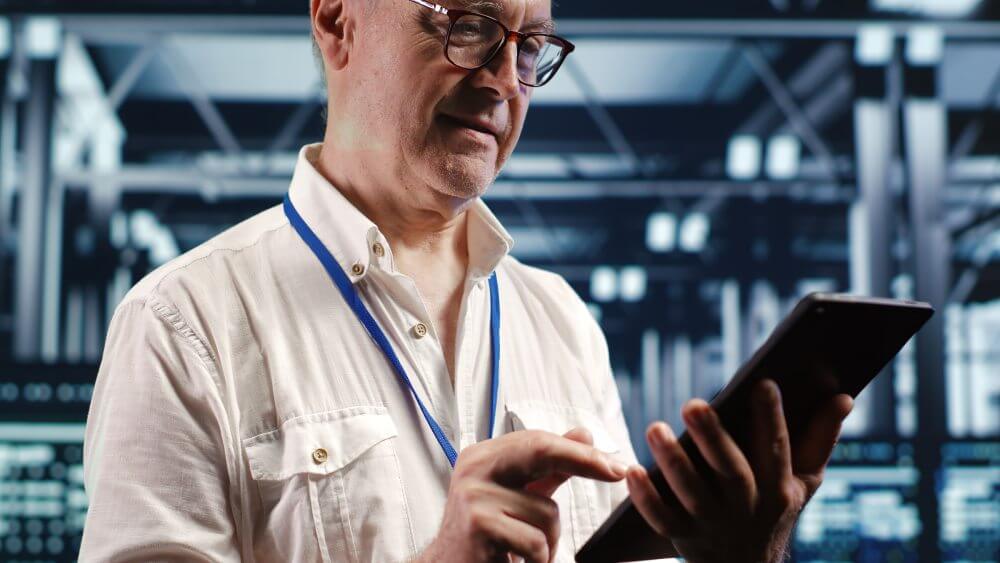
Maria Topchiyska began by contrasting Industry 4.0’s emphasis on system integration and automation with the emerging focus of Industry 5.0.
“Industry 4.0 was machine-driven. Industry 5.0 brings the human back into the loop.”
Rather than pushing for total automation, Industry 5.0 integrates human expertise and machine intelligence. This includes collaboration with AI, the use of cobots, and designing digital tools that support—not replace—human workers.
Global Readiness for Industry 5.0
The conversation touched on how digital readiness varies across regions.
-
Europe is strong in structure and compliance but often slow to execute.
-
Asia and North America move faster, experimenting early and adapting.
-
Eastern Europe, particularly Bulgaria, was highlighted as agile, with a unique ability to balance structure and speed.
“Bulgaria has a competitive advantage—we combine competence with speed.”
This agility positions Eastern European manufacturers to be effective testing grounds for new tools and systems.
Data as a Strategic Asset
A core theme in the discussion was the importance of high-quality, real-time data in smart manufacturing.
“Data isn’t for reporting. It’s for decision-making.”
Both speakers noted that many predictive maintenance efforts fail—not due to poor algorithms, but because of unreliable or siloed data. Without a solid data foundation, predictive tools cannot deliver value. Fabrico, for instance, started as a predictive AI tool but quickly evolved into a CMMS platform to first establish reliable data structures.
Involving the Shop Floor in Digital Transformation
Instead of top-down change management, both Maria and Blagovesta emphasized the need to involve technicians and operators from the start. Success depends on usability, accessibility, and context-aware design.
“You don’t teach responsibility in a classroom. You embed it into the tools and culture.”
Digital transformation is only as strong as its adoption rate. When technicians find tools intuitive and helpful, real operational change can begin.
Efficiency Before Technology
An important message repeated throughout the discussion was the need to focus on fundamentals before applying advanced technology.
“Don’t digitalize waste. First fix your process, then scale with tech.”
Key metrics like OEE (Overall Equipment Effectiveness) should be tracked and improved before layering in automation or AI. The right foundation reduces complexity and increases impact.
Real Applications of AI in Manufacturing
The episode included tangible examples of how AI is already enhancing factory operations:
-
Suggestion systems that merge operator input with AI recommendations.
-
GenAI tools for technicians that generate dynamic maintenance guides.
-
AI copilots trained on historical maintenance logs and machine data.
“You don’t need 100% automation. You need the right tools to solve real problems.”
Fabrico is already integrating AI to deliver context-aware guidance to technicians in the field, reducing downtime and improving response accuracy.
Future Skills in the Industry
The discussion closed with a forward-looking perspective on talent in manufacturing.
“Clicking jobs will disappear. Thinking jobs won’t.”
Curiosity, empathy, critical thinking, and communication were all listed as essential skills for the next generation of industrial workers. Digital transformation will not eliminate people—it will elevate those who can adapt and think critically in a digital environment.
Conclusion
Smart manufacturing is not about removing humans from the process—it’s about amplifying their ability to act, adapt, and innovate. Industry 5.0 redefines what modern factories should look like: connected, responsive, and human-first.
“Smart factories are not defined by machines. They’re defined by how people and technology learn from each other.”
As this conversation showed, meaningful transformation comes not just from advanced tools, but from the mindset with which they are introduced and adopted.








